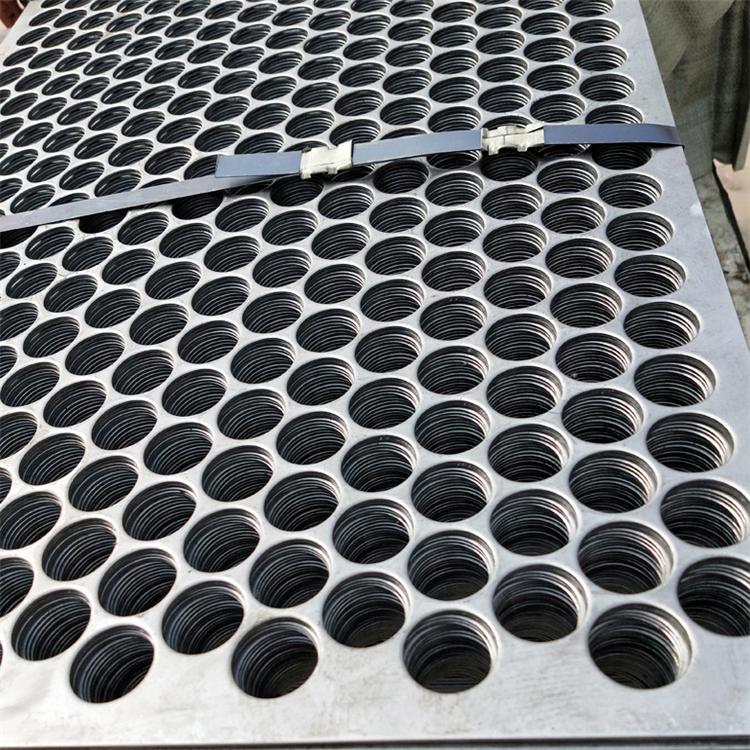The Importance of Chain Link Fencing for Tennis Courts
Tennis is a sport that combines physical agility, mental strategy, and, of course, a well-maintained court. One crucial aspect of creating a suitable environment for tennis players is the implementation of effective fencing. Among the various types of fencing materials, chain link fences have emerged as a popular choice for tennis courts. This article explores the benefits of using chain link fencing and how it enhances the tennis playing experience.
Durability and Longevity
One of the standout features of chain link fences is their durability. Constructed from galvanized steel, these fences are resistant to rust and corrosion, which is essential for outdoor courts exposed to varying weather conditions. Unlike wooden or vinyl fences that may warp or rot over time, chain link fences maintain their structural integrity for years with minimal maintenance. This durability ensures that tennis facilities can offer spectators and players a secure environment without incurring frequent repair costs.
Enhanced Visibility and Safety
Visibility is paramount in tennis, both for players and spectators. Chain link fences provide an unobstructed view of the court while still serving as a solid barrier. Unlike solid wooden fences or concrete walls, chain link fencing allows onlookers to watch matches without feeling closed off. This openness can enhance the atmosphere at tournaments and social matches, making the sport more accessible and enjoyable for fans.
Moreover, safety is an essential consideration in any sports facility. Chain link fences effectively delineate the boundaries of the court, preventing players from accidentally wandering off the designated playing area. This is particularly important in busy facilities where multiple courts may be in use simultaneously. The transparent nature of chain link fencing enables coaches and referees to monitor player activities easily without obstruction.
tennis court chain link fence

Customizable Heights and Designs
Another significant advantage of chain link fencing is the flexibility it offers in terms of height and design. Tennis courts often require specific fence heights to keep balls within the area effectively. Chain link fences can be installed at various heights, typically ranging from 3 to 12 feet, depending on the specific needs and preferences of the tennis facility. This versatility allows for customization that ensures the fence meets regulations while still providing an exceptional playing environment.
Additionally, chain link fences can be fitted with various accessories, such as slats or privacy screening, to enhance their appearance and functionality. Slats woven into the chain link can provide additional privacy for players and spectators, while also reducing wind interference during matches. This customization makes chain link fences a practical choice for both residential and commercial tennis courts.
Cost-Effectiveness
When considering the establishment or upgrading of a tennis court, budget is often a significant factor. Chain link fencing offers a cost-effective solution, providing both quality and value. The initial installation costs are relatively lower compared to other fencing materials like wood or vinyl. Moreover, the long-term durability and low maintenance requirements of chain link fences contribute to overall cost savings. This makes them an attractive choice for tennis clubs, schools, and community parks looking to provide quality facilities within budget constraints.
In conclusion, chain link fencing has become an integral part of tennis court design and construction. With its durability, visibility, safety features, customizable designs, and cost-effectiveness, it caters to the needs of players, coaches, and spectators alike. As tennis continues to grow in popularity, the demand for well-fenced courts will undoubtedly remain strong, making chain link fences a wise investment for any facility aiming to provide an optimal tennis experience.
-
The Best Metal Mesh Solutions: Expanded Aluminum Metal vs. Expanded Stainless Steel Metal
NewsSep.10,2024
-
Round Perforated Sheets vs. Hexagonal Perforated Sheets vs. Embossed Perforated Sheet Metal
NewsSep.10,2024
-
Perforated Metal Sheets
NewsSep.10,2024
-
Experience The Excellence Of Stainless Steel Grating
NewsSep.10,2024
-
Discover the Versatility Of Metal Mesh Expanded Forming Machines
NewsSep.10,2024
-
Discover The Advantages Of Steel Grating For Sale
NewsSep.10,2024
Subscribe now!
Stay up to date with the latest on Fry Steeland industry news.

